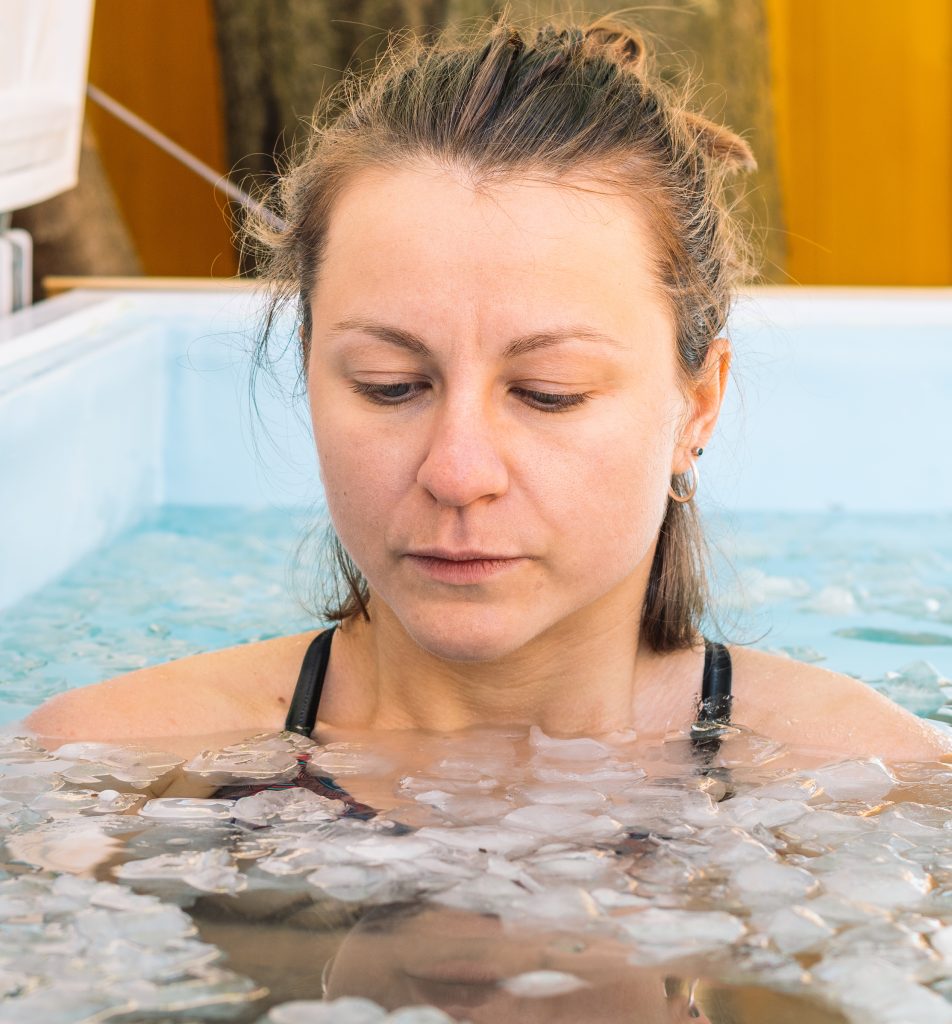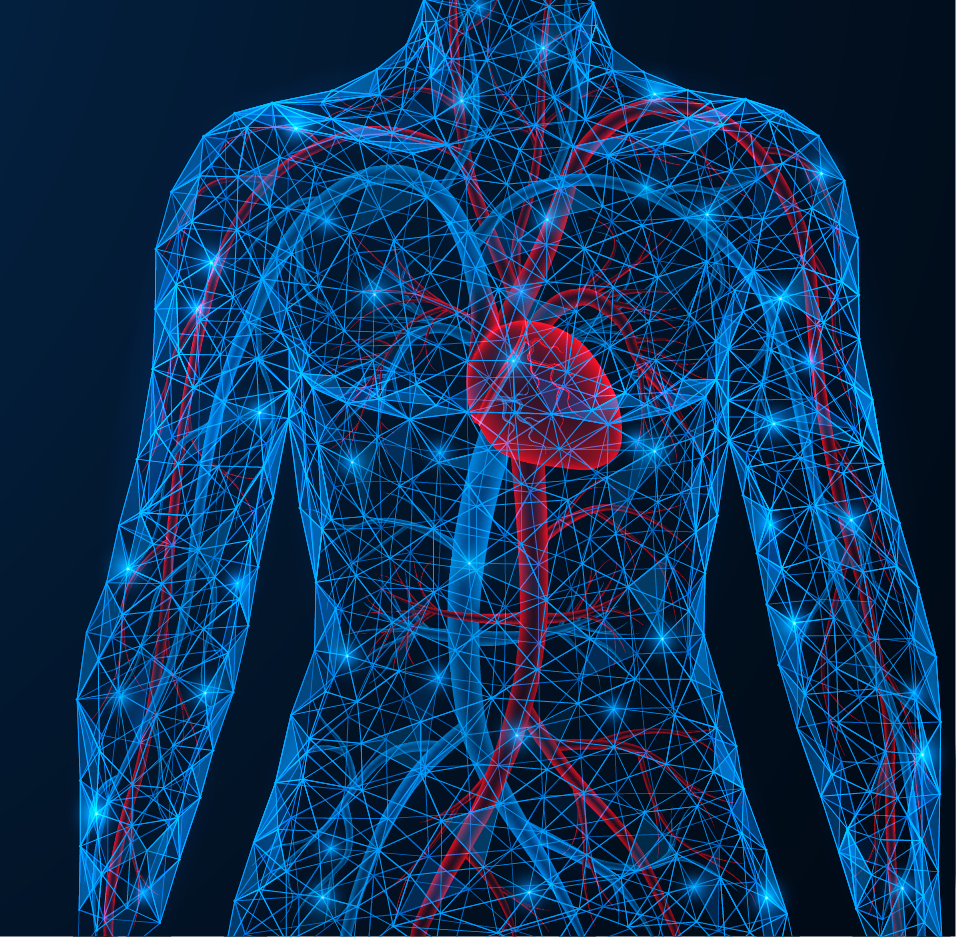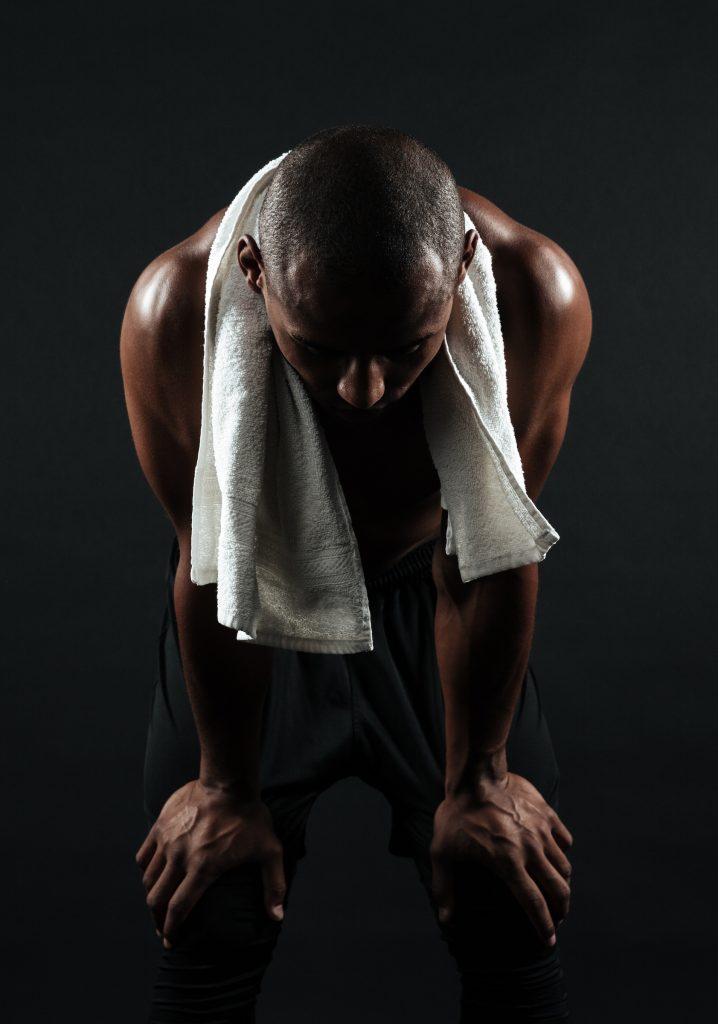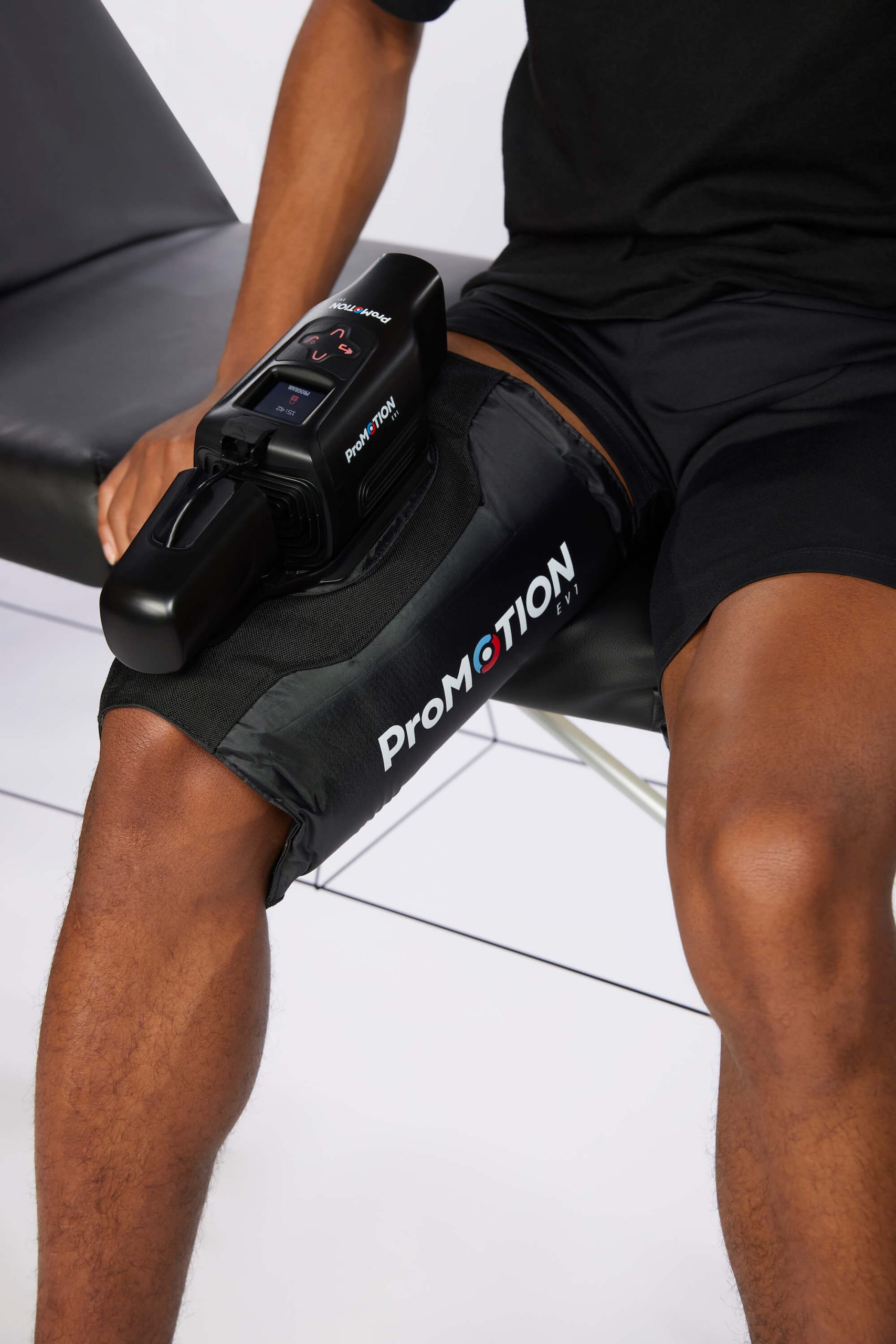Contrast Therapy for Rehab & Recovery
What is Contrast Therapy? How does it work? And how can athletes use it to boost rehabilitation and recovery?
Read on to get all your questions answered or get in touch and let us answer them for you.
The Rise of Contrast Therapy
Thought to have been first used by the Romans, contrast therapy has been practised for centuries in various cultures. In recent times, this ancient technique has gained significant attention from athletes, celebrities, and individuals focused on their overall well-being. By highlighting different methods of alternating between hot and cold temperatures, contrast therapy has become common practice.
Traditionally accomplished through complete body immersion, such as ice baths and saunas, contrast therapy involves the intentional switching between hot and cold treatments. This process serves to invigorate circulation, alleviate inflammation, release muscle tension, and ultimately enhance overall health. Consequently, it is now widely offered as a therapeutic treatment at numerous high-end spas and wellness resorts.

How Does it Work?
The circulatory system is a tireless worker, ensuring that the body functions optimally. Effective blood flow not only reduces the risk of injury, but also strengthens the immune system, supports healthy tissues, minimises post-exercise muscle soreness, and speeds up healing after injuries and surgeries.
Regular exercise, proper hydration, a nutritious diet, and reducing sedentary behaviour all contribute to maintaining fitness and wellbeing. Another effective method is contrast therapy.
Contrast therapy activates two processes in the circulatory system: vasoconstriction and vasodilation. Vasoconstriction, triggered by cold exposure, causes the blood vessel walls to contract and narrow. By contrast, vasodilation, induced by heat exposure, causes the blood vessel walls to expand, thereby increasing blood flow.
During contrast therapy, the blood vessels undergo rapid cycles of dilation and constriction, resulting in a pulsating effect known as the “vascular pumping effect.” This pulsing action is believed to enhance blood flow and oxygen delivery to the tissues.
This increased supply of oxygenated blood can lead to more efficient waste removal, improved functionality, and accelerated healing and recovery. One study (1) conducted using a contrast bath protocol applied to the lower leg of 10 participants, reported changes in the oxygenation of the leg muscle, supporting this theory.

Boosting Recovery Times
Traditionally, contrast therapy was mainly used for soft tissue injury management, but more recently it has also been used for recovery post-exercise and is becoming a popular part of post-workout and recovery routines. Its benefits have been found to include:
Promoting Healing
Efficient blood flow is essential for proper tissue health by ensuring the delivery of oxygen and nutrients to tissues and removing waste products. Contrast therapy improves circulation and blood flow to tissues, promoting tissue health and reducing the risk of injury. When injury occurs, healthy tissues can heal more quickly, thanks to the circulatory benefits of contrast therapy.
Reduced Swelling and Pain
When you are injured, the body’s inflammatory response is activated. More blood courses through the circulatory system to the area, carrying white blood cells and extra fluid to stave off infection and promote healing. This increase in blood flow and fluids causes redness, swelling, and often results in pain.
The alternating vasoconstriction and vasodilation achieved through contrast therapy promotes more efficient blood circulation in the area of injury. Our contrast therapy default programme is designed based on the physiological response to cold and heat cycles; ensuring the programme ends on a cold cycle, as advised in research to minimise inflammation.
Decreased Post-Workout Soreness
Studies (2) have found that contrast therapy was able to reduce the experience of muscle soreness following exercise significantly, and was more effective than passive recovery.
Less Fatigue
Contrast therapy can be used to lessen feelings of post-workout fatigue and return the body to a performance-ready state more quickly than it can on its own. Research (3) has found that contrast therapy can help you recover within 48 hours following high-level exercise and feel less fatigued within 24 hours.
Plus…
The enhanced therapeutic benefits that have been reported in literature include greater heat removal, increased and fluctuating superficial blood flow, reductions in creatine kinase (CK), lactate, muscle soreness and an increase in muscle function (4).

How Does Targeted Contrast Therapy differ?
Contrast therapy is most commonly achieved in the form of whole body immersion in water, though hot and cold baths or showers (5), however the use of water can restrict its practical accessibility and it is difficult to maintain accurate skin temperatures.
ProMOTION EV1 allows individuals to apply targeted contrast therapy across the body at ease. Requiring no ice, water, bulky equipment or tethering to mains power, EV1 is the most portable Contrast Therapy device on the market.
Using innovative thermoelectric technology, the metal plate can switch from a temperature of 6 degrees C to 40 degrees C in ~30 seconds and precisely control and maintain the desired skin temperature.
The targeted nature of the device means that users do not need to submerge the whole body in water, when the therapeutic effects are only needed on a specific muscle or part of the body, but can directly and conveniently apply the contrast therapy to the desired area, achieving therapeutic benefits in the exact region required.

References
- Babak Shadgan, MD, PhD, MSc,* Amir H. Pakravan, MD FFSEM (UK), DipSEM (UK/I),† Alison Hoens, MSc, BScPT,* and W. Darlene Reid, PhD, BMR (PT) “Contrast Baths, Intramuscular Hemodynamics, and Oxygenation as Monitored by Near-Infrared Spectroscopy” 2018
- Bieuzen F, Bleakley CM, Costello JT. “Contrast Water Therapy and Exercise Induced Muscle Damage: A Systematic Review and Meta-Analysis”. 2013
- Higgins TR, Greene DA, Baker MK, “Effects of Cold Water Immersion and Contrast Water Therapy for Recovery From Team Sport: A Systematic Review and Meta-analysis” 2013.
- Dupuy O, Douzi W, Theurot D, Bosquet L, Dugue B. An Evidence-Based Approach for Choosing Post- exercise Recovery Techniques to Reduce Markers of Muscle Damage, Soreness, Fatigue, and Inflammation: A Systematic Review With Meta-Analysis. Frontiers in Physiology. 2018;9. doi:10.3389/fphys.2018.00403.
- Cochrane D, J. “Alternating hot and cold water immersion for athlete recovery: a review,” Physical Therapy in Sport, vol. 5, pp. 26-32, 2004